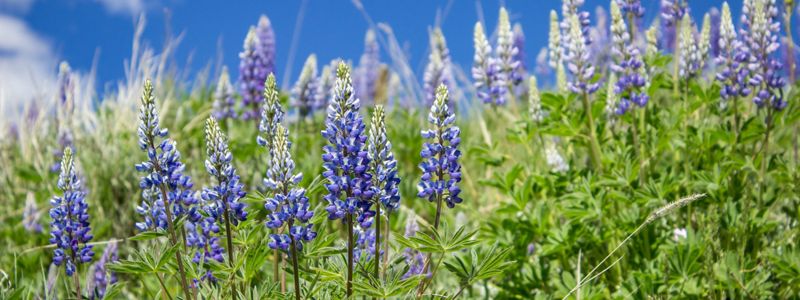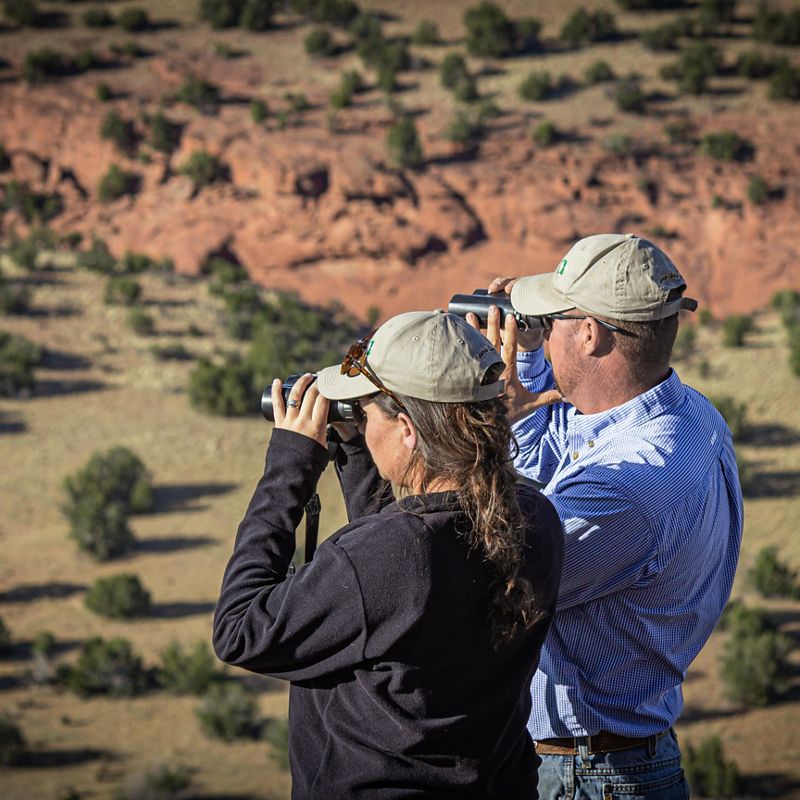
10 Ways We're Making a Difference for Colorado in 2023
Explore sites where TNC and our partners are helping make progress for people and nature this year.
What's Your Favorite Part of Colorado?
The mountains and rivers in the northwest, the grasslands in the southeast? What about the Laramie Foothills in the northeast or maybe the rivers in the southwest? Perhaps you love the Front Range cities and forests?
Whatever you like best, odds are that The Nature Conservancy (TNC) has helped protect and care for these places. TNC is working globally and locally to fight the effects of climate change. At the same time, we’re working together to protect 30% of the Earth’s lands and waters by 2030 to turn the tide on the looming biodiversity crisis.
Colorado
Places to Watch Across the State
1. Denver
What we're doing: Improving Denver’s tree canopy for the benefit of people and nature
Trees keep neighborhoods cool, improve air quality and make people happier and healthier. TNC has been working with local communities in Denver neighborhoods, including Globeville and Elyria-Swansea, to expand the tree canopy. TNC has helped organize tree plantings and built partnerships with nonprofits and community organizations like Globeville First. Check out a new short film about this work with partners created by Joe Brown, filmmaker and educator at the University of Denver.
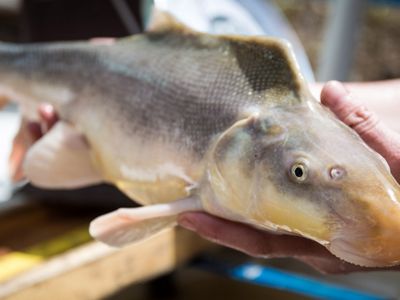
On the lower Yampa River, a tributary to the Colorado River, the Maybell diversion provides water for 18 agricultural producers in northwest Colorado. In partnership with the Maybell Irrigation District, we are rehabilitating the diversion and modernizing the headgate, ensuring that the diversion provides water to the users who need it. This upgrade will improve passage for boats and habitat for four threatened or endangered fish species.
As a result of this project, we hope that the Yampa will see increased ecological connectivity and resilience to climate change and that the irrigators will have improved control of their irrigation system. You can visit a different part of the Yampa River near Steamboat Springs at TNC’s Yampa River Preserve.
More nature is just a click away
Get updates from the conservation world & learn how you can get involved.
Sign up for Nature News3. Front Range Forests
What we're doing: Collaborating across boundaries to increase the resilience of 50 million acres of dry forests
Western dry forests span nearly 150 million acres across the U.S. and Canada and provide countless benefits to nature and people, including improved water and air quality. TNC is collaborating across the western U.S. to increase the resilience of 50 million acres of dry forests to climate change and wildfire by 2030 through our newest conservation program.
In Colorado, this work will touch down in priority Front Range forests through our long-standing collaboratives, such as the Upper South Platte Partnership. We are uniquely able to leverage our expertise and resources to work across state boundaries and alongside Tribal, federal and state partners to achieve transformational benefits for forests, wildlife, water and communities. Visit Staunton State Park or areas along the South Platte River for a glimpse at one of our priority landscapes.
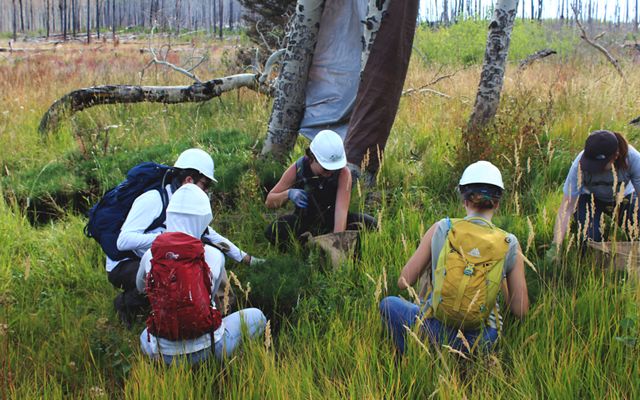
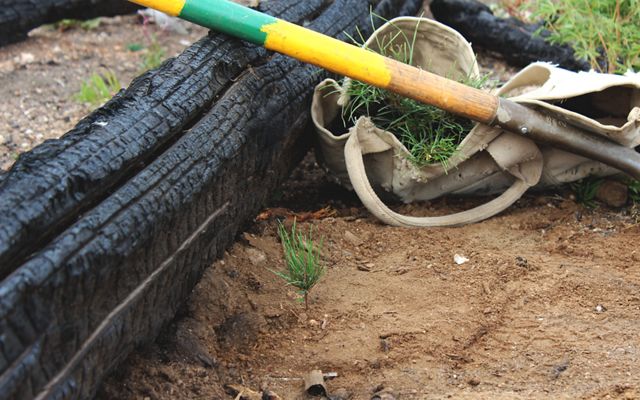
4. Southern High Plains
What we're doing: Protecting more than 43,000 acres of imperiled grasslands
The Southern High Plains Initiative spans 71 million acres of lands and waters across Colorado, Kansas, New Mexico, Oklahoma and Texas. We are aiming to make conservation happen at the scale of the landscape so we can make a difference for nature on a meaningful level in the face of a changing climate.
In 2023, we expect to close on two large conservation easements in southeast Colorado totaling more than 43,000 acres. First, the Wilson family is set to conserve a 17,000-acre ranch encompassing grasslands and canyons extending nearly to the Colorado-Oklahoma border. Next, we’re working with Colorado Cattleman’s Agricultural Land Trust and the Hall family to conserve the 26,000-acre Delhi Ranch, which connects a large block of federally owned land with the Bow and Arrow Ranch, a 30,000-acre TNC project completed in 2018. These projects will help build connectivity and resilience for the wildlife that depend on intact grasslands for survival. Visit the newly created Fishers Peak State Park or explore Comanche National Grasslands for an experience of what this vast landscape holds.
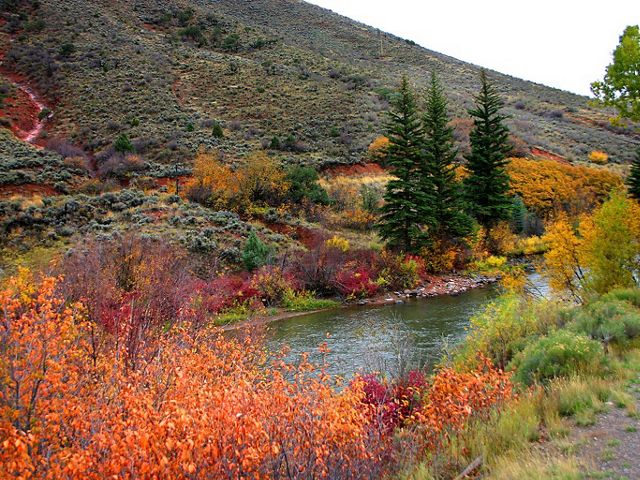
5. Southwest Colorado Rivers
What we're doing: Advancing water projects in the unique San Miguel River basin
TNC has worked for more than 30 years in the San Miguel River basin, and we’re excited to continue that engagement. Over the past three years, TNC co-led a stakeholder planning process that brought together a diverse group ranging from ranchers to local, state and federal government representatives and other nonprofits. This stakeholder planning work was focused on environmental and recreational needs in the basin and culminated in 2022 with the group identifying multi-benefit projects and strategies to support those needs. These projects are designed to benefit people who depend on the river, as well as native warmwater fish that rely on the San Miguel and its tributaries for spawning habitat. Right now, we’re working with local partners to move projects from planning to implementation to ensure the future of this stronghold for freshwater biodiversity. Explore the San Miguel River at TNC’s San Miguel Canyon or Tabeguache Preserves.
6. Boulder and Denver
What we're doing: Piloting TNC's first cohort of Colorado Conservation Fellows
We are proud to launch the Colorado Conservation Fellows Program to advance our conservation work and provide valuable professional development and experience for individuals early in their conservation careers. We recognize that conservation is best advanced by the engagement and contributions of people representing diverse backgrounds, experiences and identities. Our two fellowships will help launch highly motivated, capable individuals into conservation careers. Through targeted recruitment, we will focus on increasing the diversity of under-represented backgrounds and identities within TNC and in the conservation profession more broadly. This program is supported by GOCO, which supports positions at partner Colorado organizations for young people from diverse backgrounds to prepare for careers in the outdoors.
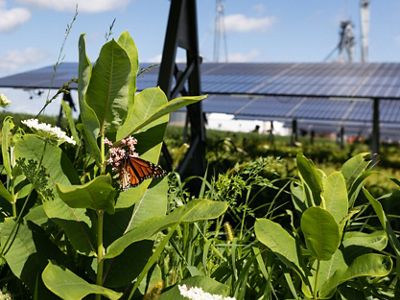
Colorado has the opportunity to lead the country in combatting climate change by reducing carbon emissions through clean energy deployment and conserving important landscapes. TNC is co-leading a coalition of partners that are taking bold action in 2023 by leaning into this challenge and opportunity. We’ll be engaging local governments, energy developers, agricultural communities and other stakeholders in dialogues to inform state-level policy recommendations for building renewable energy in a way that aligns with conservation priorities and avoids or minimizes negative impacts. By engaging voices from diverse communities, TNC will be positioned to support the state in achieving both its climate mitigation and conservation goals.
8. Colorado River Basin: Advancing Tribal Voice, Choice and Action
What we're doing: Leveraging TNC’s strengths to support our Tribal partners
For thousands of years, water from the Colorado River and its tributaries has been the lifeblood for Tribal Nations, essential to their cultural and economic well-being. Today, the Colorado River Basin’s 30 Tribal Nations bring important leadership and unique perspectives to basin-wide efforts aimed at finding lasting solutions to the pressing water-scarcity challenges that face the millions of people who rely on this incredible river.
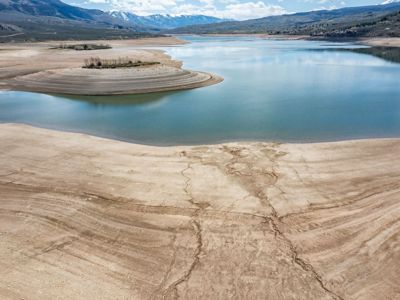
TNC is working with Tribal Nations in Colorado and throughout the Colorado River Basin to advance their interests in the river, help elevate their voices in critical policy discussions, as well as create innovative on-the-ground projects that support more equitable, sustainable solutions for people and nature. In the next year, we will be hiring a full-time Tribal and Indigenous engagement program director in Colorado to advise and guide our work with Indigenous communities and to help us ensure we are working ethically and effectively to co-create a shared future of healthy lands, waters and communities.
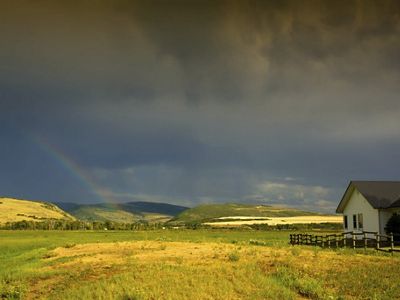
Climate change poses new challenges for the management of protected lands, including TNC nature preserves like Carpenter Ranch in the Yampa River Valley. Water resources are increasingly vulnerable as a result of increased demand and the risk of drought, native plant communities are stressed by rising temperatures and invasive species, and wildlife must adapt to changing conditions.
In response to these challenges, TNC scientists and land managers are collaborating with the Colorado Natural Heritage Program (CNHP) at Colorado State University to update plant and wildlife monitoring plans at Carpenter Ranch. This includes assessing current conditions of native plant communities, establishing long-term monitoring plots and exploring options for wildlife monitoring such as wildlife cameras and breeding-bird surveys. The results will inform strategies for climate-resilient management to ensure native plant and wildlife communities thrive in a warmer and drier future, and we expect to begin similar work at other TNC preserves in the near future.
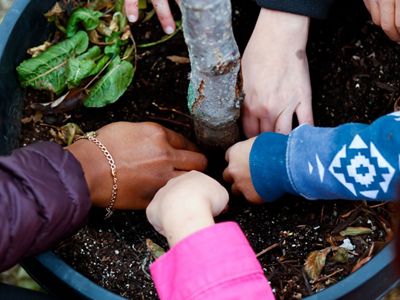
There are endless ways to get involved and make a difference for your community. Thank you for all you’ve done or are doing already—it's only by working together that we can collectively make a difference! If you are looking for more ways to get involved, consider visiting a TNC preserve, donating to The Nature Conservancy in Colorado or joining us at an upcoming event to learn more and give back.
Stay tuned for updates on all of these developing stories! You can get involved by visiting these places and sharing our conservation stories with the people around you. Together, we will find a way to build a hopeful future for Colorado.
Think globally, act locally
Sign up to receive monthly conservation updates & learn how to get involved. Get a preview of Colorado's Nature News email.
